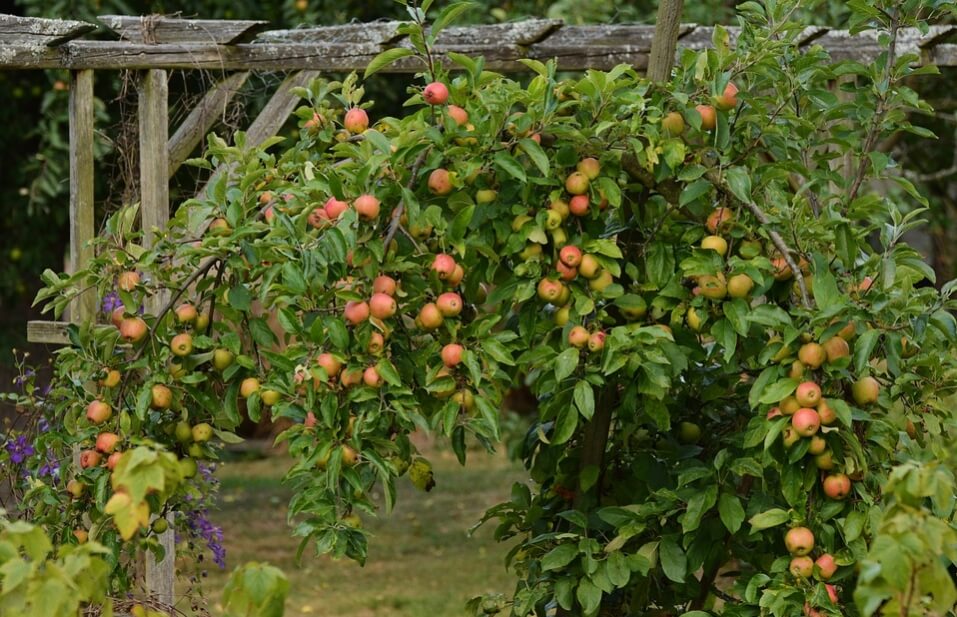
For hundreds of years farmers have used companion planting as a method to help improve their yields and get the most out of their fruit trees. This organic solution does far more than simply prevent pests from eating your fruit. Certain plant combinations serve a whole host of benefits including increased pollination, weed prevention and improved soil nutrition. Additionally it is a great way to cover the space under a fruit tree offering more colour and variety to your garden!
The Basics
As fellow gardeners I’m sure you recognise it is important to try and keep a natural balance, even in your garden. A key premise to companion planting is trying to avoid monocultures by planting a variety of different plants together. Among other things, you make it difficult for pests to find their desired food and spread amongst your crop.
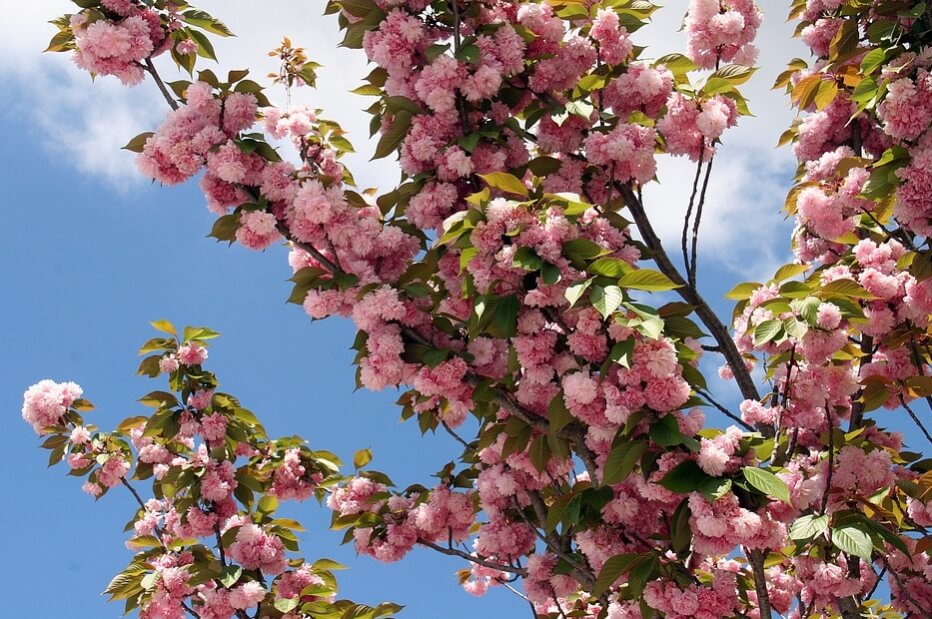
For the Love of Fruit
Many people believe that it is difficult to grow anything under a tree. However, there are a great variety of plants which naturally thrive in this space. With that being said it is important to remember that if your fruit tree is trying to establish itself it is important to water it regularly, especially if you plan on planting more plants around it.
Fruit trees constantly come under attack from various pests because of their delicious fruit. They also require extra levels of potassium to help stimulate bud and fruit growth. If you want to avoid using chemical fertilisers or pesticides here is an essential list of companion plants for your fruit tree:
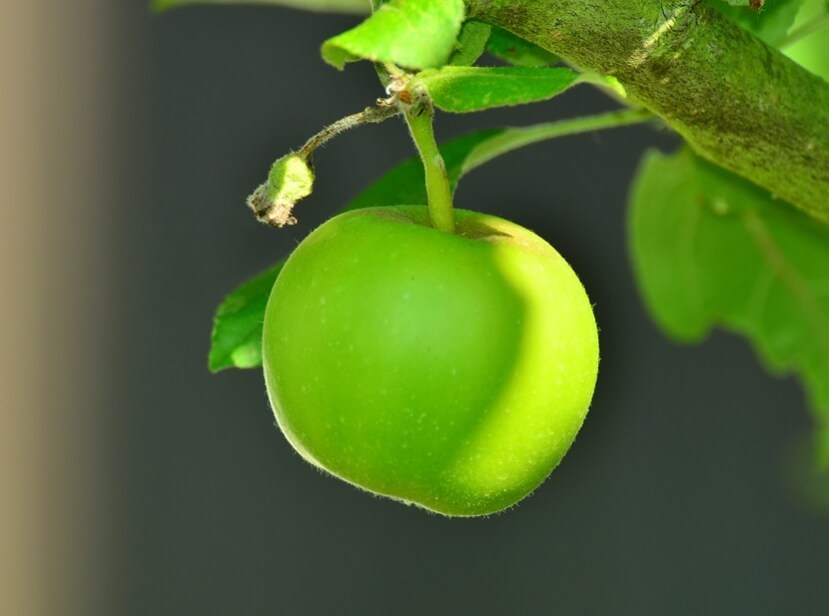
- Chives – The scent of chives provides a strong deterrent to pests including deer and rabbits as well as insects and yet is attractive to the more beneficial pollinators. Additionally chives have been known to prevent apple scrab which is a notorious scrounge of apple fruit. A cautionary note is that chives are aggressive growers and so they will require maintenance to stop them invading the entire bed.
- Nasturtium – A real favourite in the world of companion planting. This is a great plant to lure away aphids and particular caterpillars from your trees. It is a sacrificial crop. Nasturtium requires minimal nutrients, sun or water and so is brilliant for diverting pests while keeping your fruit tree strong. It has also been known to repel codling moth, a particular scrounge of apples.
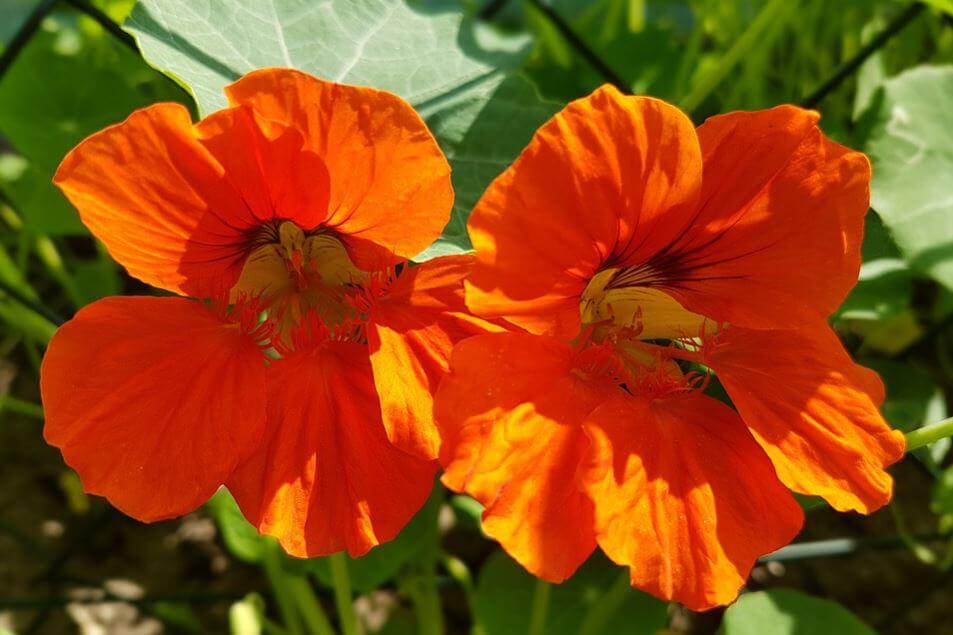
- Fennel – This plant is fantastic for attracting pollinating and predatory insects. Hoverflies, ladybirds and parasitic wasps all love fennel and they love aphids and caterpillars even more. Plant this in your garden to help wage a natural war against these pests. Fennel can of course also be used for cooking and has been known to carry medicinal properties.
- Dill – Very similar advantages as fennel; it attracts a host of predatory and pollinating insects… and it can also be used in cooking. Win win!
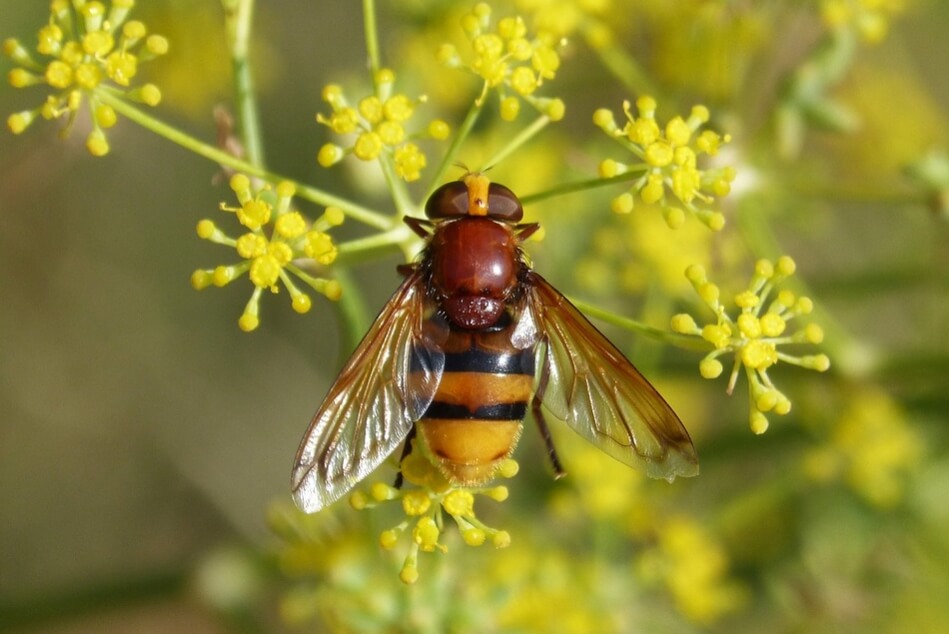
- Comfrey – Not only has this plant been used medicinally by people for nearly 2,500 years it is an amazing miner of soil providing nutrients for your tree! Being a deep-rooted plant it draws nutrients from the soil and then can be cut back and the clippings used as an organic mulch. Comfrey is drought, frost and pest resistant and grows well in partial shade so is perfect for the space under your tree. I would recommend trying to plant the ‘Bocking 14’ variety developed by organic pioneer Lawrence Hills. ‘Bocking 14’ being sterile won’t self-pollinate and spread all over your garden.
- Chamomile – This beautiful flower deters pests with its strong scent while drawing in pollinators. Being drought and frost resistant and also not afraid of a little shade makes it perfect to plant around a tree. If suffering from a pest infestation a triple strength chamomile tea can be brewed and used as a spray for the affected area.

Chamomile
- Daffodils – Flowering early in the season daffodils are perfect for bringing in and supporting those pollinating insects. For a splash of spring colour plant in a circle around your tree at around 1ft from the base.
- Lavender – Truly a favourite amongst all pollinating insects, including and especially bees; it’s strong scent also confuses pests. Lavender not only looks great in your garden but can be used for various DIY product such as soaps or teas. Or you can simply pick it and put it into a bowl for around the home to create a calming aroma.

Understandably when it comes to food, especially food you’ve devoted labour and love to, you are cautious about spraying it with potentially harmful pesticides or even using fertilisers. Companion planting therefore offers an age-old organic method to ensuring healthy fruit trees while adding a touch of vibrancy and colour to your garden. You may also end up with some extra herbs to liven up your dishes!
Liam works in the buying team at Primrose. He is passionate about studying other cultures, especially their history. A lover of sports his favourite pass-time is football, either playing or watching it! In the garden Liam is particularly interested in growing your own food.